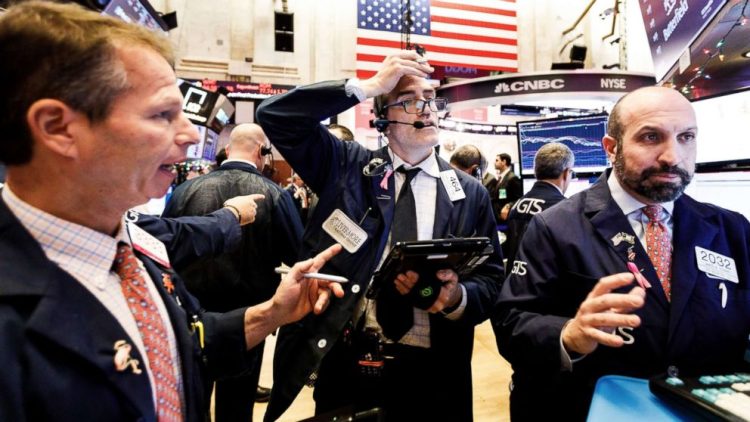Publisher: Maaal International Media Company
License: 465734
National Bank of Kuwait: Global stock market recovery in 2023 depends on inflation slowdown pace
اقرأ المزيد
A report issued by the National Bank of Kuwait said that global stock markets witnessed volatile performance in the fourth quarter of 2022, in light of their struggle to search for a specific path amid conflicting economic data and the continued uncertainty about the policy of the Federal Reserve.
According to Al-Anbaa, investors thought a lot about many conflicting factors, including the tightening monetary policies pursued by the Federal Reserve, the rise in Treasury bond yields, the risks of recession, the expectation of companies recording weaker profits on the one hand, and the decline in inflation rates and the attractiveness of low prices that reached to its lowest levels recorded in several years, and China opened its economy after easing zero Covid policies.
Although the final results of this quarterly period were mixed, as some developed markets recorded remarkable gains, the prevailing trend remained negative, given that the limited rises were not sufficient to reverse the deep losses witnessed in 2022.
For the next year, the possibility of recovery will depend on the Federal Reserve’s policies, global inflation movements and recession expectations, and stock markets may start the journey of recovery if inflation moderates at a faster than expected pace, which clears the way for the Federal Reserve to ease its monetary tightening.
Although the timetable is uncertain, that scenario could happen during the second half of the year given the Federal Reserve has indicated on several occasions that interest rates will remain high until inflation moves on a sustainable path back towards the 2% target.
The performance of global stock markets was mostly positive during the fourth quarter of 2022, supported by easing inflation concerns and raising interest rates, which reduced the pace of annual losses not seen since 2008.
Negative sentiment eased in emerging markets and capital outflows declined in the last quarter of 2022, as the MSCI Emerging Markets Index rose 6.1% on the back of gains achieved by the two largest components of the index, India and China (with a relative weight of 45%), thanks to prices. Relatively attractive and improved expectations, especially with the latter lifting the restrictions of the zero Covid policy in December
As for the developed markets, the US and European markets came in the forefront by recording gains as a result of early indications that the pace of inflation began to decline, indicating that the Federal Reserve stopped tightening its monetary policies sooner than expected, in addition to tightening Labor market conditions, which contributed to easing recession fears, despite the Federal Reserve continuing its hawkish guidance.
The Standard & Poor’s 500 and Dow Jones Industrial Average rose by 7.1% and 15.4% on a quarterly basis, respectively, which contributed to reducing their losses this year to 19% and 9% on an annual basis as of December 31, respectively. While the Euro Stoxx 50 index grew by 14%, reducing its annual losses to 12%.
The outlook indicates that investors will continue to focus on inflation data and the labor market, as they are the main indicators that determine the course of stock markets.
Despite this, the Federal Reserve moderated the pace of rate hikes at its December meeting, raising rates by 50 basis points compared to 75 basis points at its four previous meetings.
In terms of the performance of the Gulf markets, the NBK report indicated that after outperforming its global peers during most periods of the year as a result of improved sentiment thanks to the rise in oil prices and positive expectations, the GCC markets came at the forefront of the markets that achieved losses during the fourth quarter of 2022
The MSCI Gulf Index lost 6.7% of its value, on a quarterly basis, affected by the volatility of crude oil markets, the tightening policies of central banks and global growth concerns, which erased all previous gains and pushed the annual performance to the negative region (-6.3%). on an annual basis as of December 31).
The State of Qatar (-15%) and the Kingdom of Saudi Arabia (-8.2%) came at the forefront of the Gulf stock exchanges that suffered losses on a quarterly basis.
On the other hand, the Kuwait and Abu Dhabi markets outperformed by recording growth of 5.3% and 4.7%, respectively. The mixed results may be due to the previously varying performance and the relative assessments of the respective markets.








